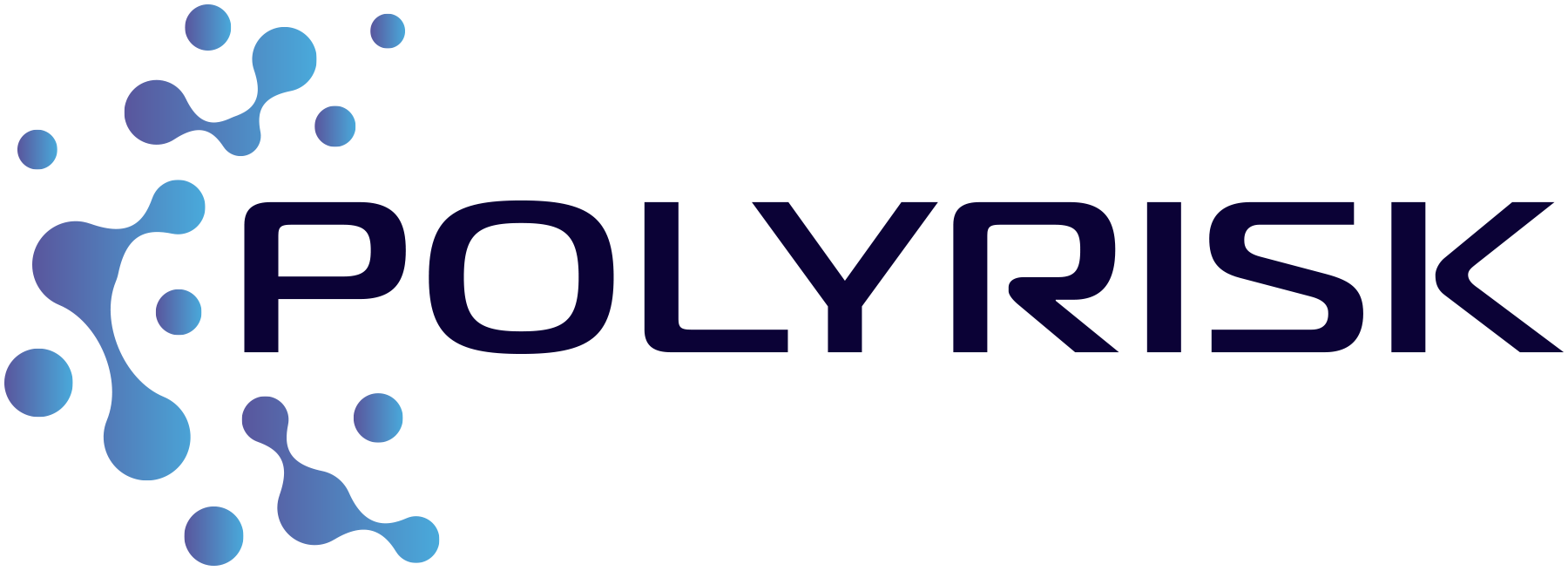Are you wearing microplastics? Clothes made from synthetic materials, like nylon and polyester, are responsible for shedding microplastics when worn, washed, and disposed of. To examine the potential health effects related to occupational exposure of workers in the textile industry, POLYRISK researchers are assessing the concentration of micro- and nanoplastic particles found in the vicinity of the workplace.
We are all exposed to micro- and nanoplastic particles (MNPs) on a daily basis and they can be found everywhere in our environment: from artificial sports pitches with rubber granulate infill to synthetic rubber tires and even our clothes.
The textile and fabric industry employs over 1.3 million employees in Europe, meaning many workers potentially face occupational exposure to microplastic particles being released in or near the workplace. Science shows that textile manufacturing processes release plastic particles into the air, that workers can breathe in as a result. An important source of plastic particle pollution in the textile industry is the emissions resulting from the processes of spinning, combing, and manufacturing of synthetic fabrics. These processes result in a suspension of dust and fiber fragments, which over time settle on surfaces.
While evidence exists of the presence of nano- and microplastics within our bodies, it is currently not yet known how these particles affect human health. That is why POLYRISK researchers have set out to investigate whether occupational exposure to such plastic particles in the textile industry can potentially negatively impact the body’s immune system.
Methods to study real-life occupational exposure to microplastics in the textile industry
To explore to what extent workers in the textile industry are exposed to micro- and nanoplastics, the National Research and Development Institute for Textiles and Leather (INCDTP, a POLYRISK partner), has started conducting studies to assess the concentration of plastic particles found in the vicinity of textile companies in Romania.
To support their research, scientists collected particles from three companies that all use different technologies to process textiles, including weaving or knitting. They also examined information about the type of processed yarns, the physical-mechanical characteristics of yarns, the technological parameters of production, the type of equipment, the total particle concentration in the air and the particulate matter fraction (PM10, PM2,5, and PM1).
Researchers paid particular attention to the exact size of particulate matter found in workplaces and outside of companies. Size matters: the smaller the diameter of a particle, the more harm it can cause. Bigger particles in the PM10 range generally do not penetrate the respiratory system beyond the upper respiratory tract. However, smaller particles about the size of PM1 to PM 2.5 can. Some of these particles that are 1 micron or less (PM1) can reach and penetrate the alveoli (very small air sacs where oxygen and carbon dioxide are exchanged), and some can even cross the lung tissue, get into the blood flow, and spread into the body.
In addition to collecting samples of airborne microplastics, the research team also collected blood and saliva samples from 50 textile workers and 25 office workers volunteering in the project. Volunteers were asked to take their blood and saliva prior to and at the end of their work shifts, to investigate the effects of MNP on various freshly isolated human immune cells. This will include measuring immune cell types and activation of these cells to evaluate potential immunotoxic effects of chronic MNP exposure.
In parallel, in vitro analysis on skin sample was done to check for potential skin irritation stemming from exposure to airborne microplastic particles found in their workplace.
Research partners will now start analysing the collected microplastic particles and biological samples, and perform tests for genotoxicity (to assess potential damage to DNA) and cytotoxicity (how toxic a substance is to cells). Research results are expected to be released in early 2024.
